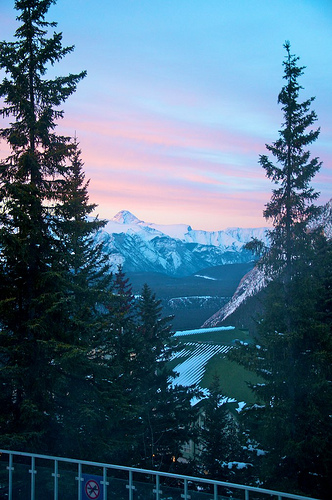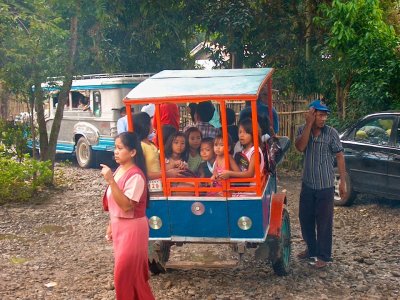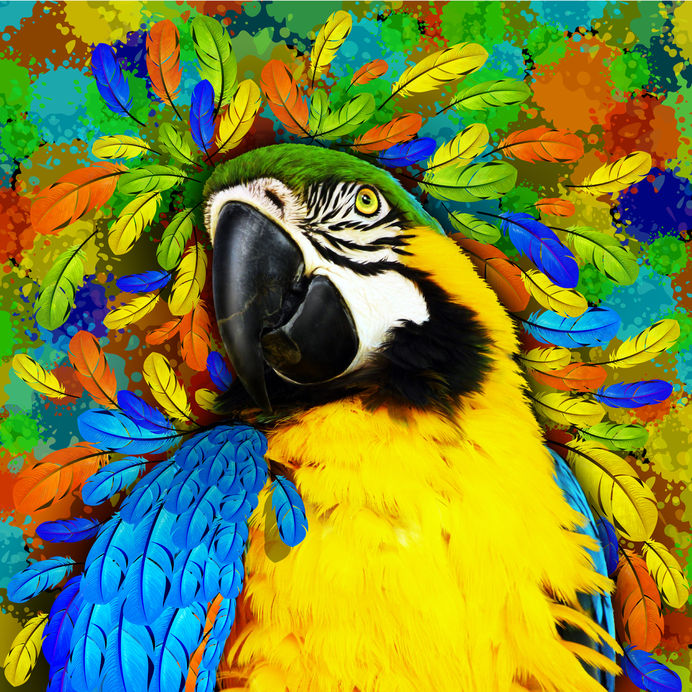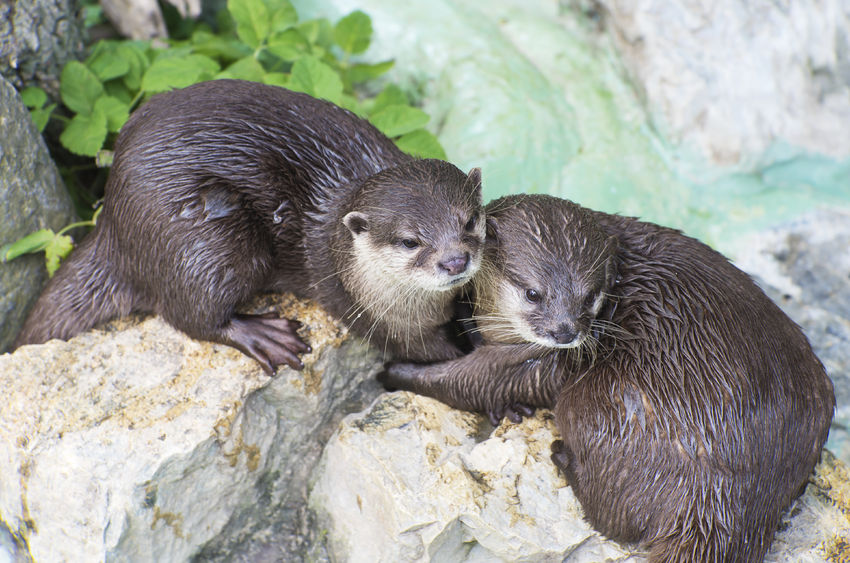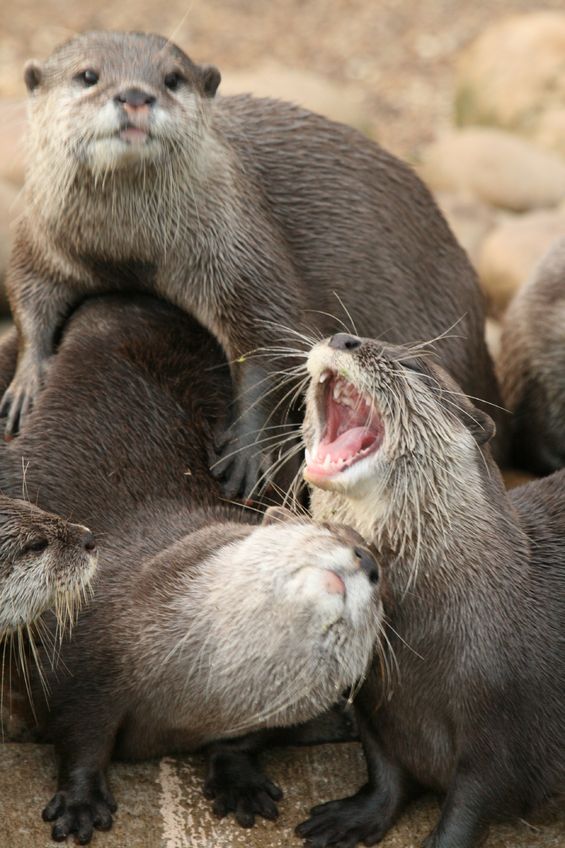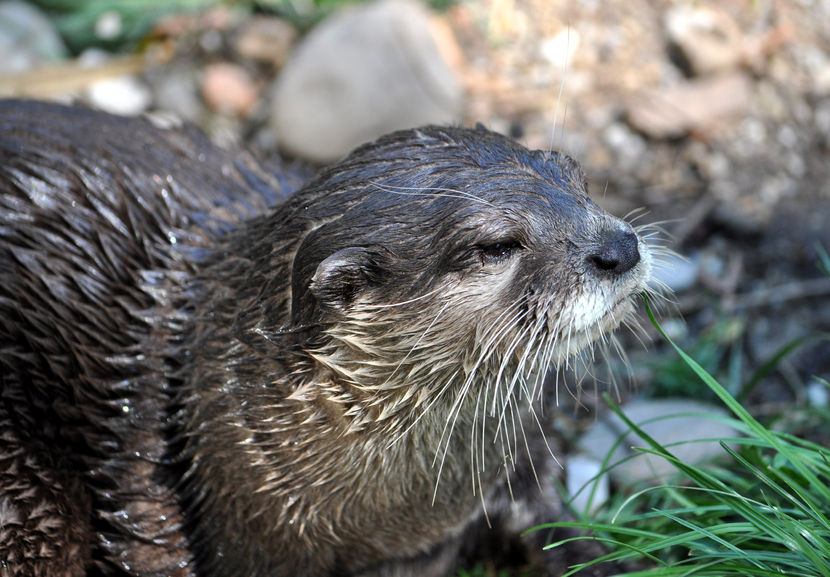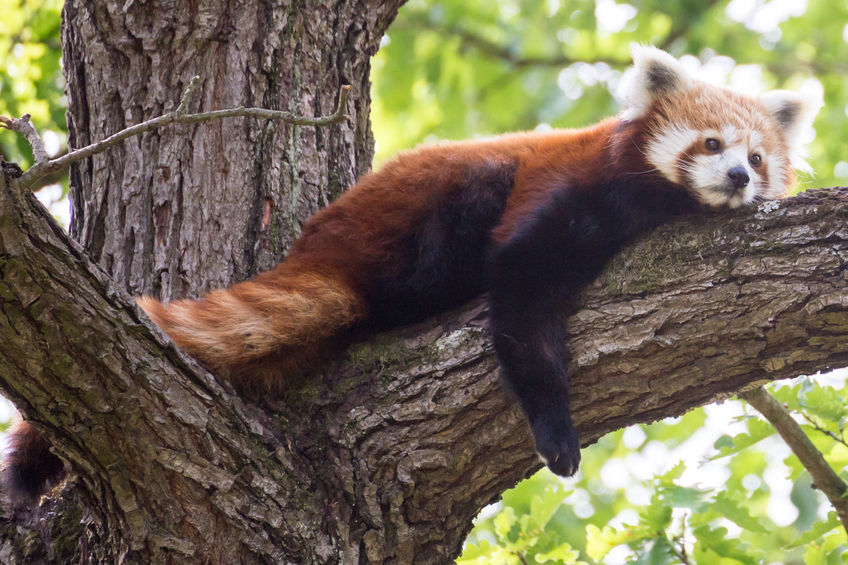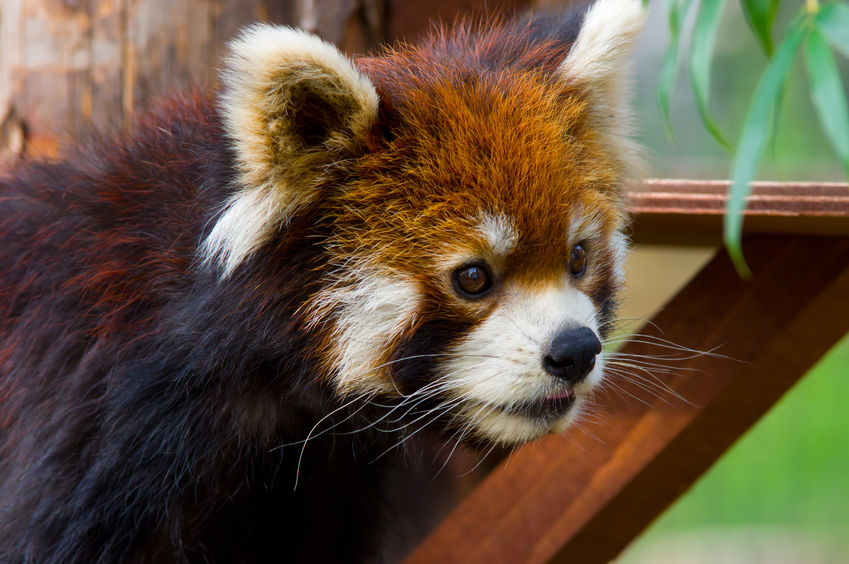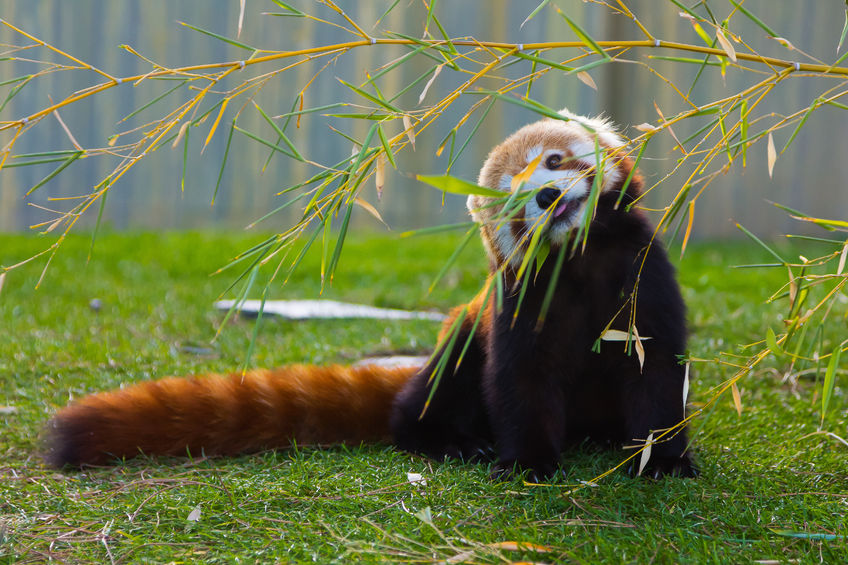With all of the tools available, including post-production enhancements, the sky is now the limit for the photographer. What once belonged to the painters, now is shared with the photographers and the photographic designers.
Abstract Photography: First Definition
As is the case where beauty is in the eye of the beholder, so is the definition of abstract photography.
To some it is a case of the definition of what someone is viewing, in the photograph, has no words to describe it. It is probably fair to say that if it cannot be defined or described, it is abstract. The picture, below, is closer to fitting that description.
If you want to stare at the picture for a while to see if you can come up with words to describe (or define) it, I suggest clicking on the image and it will open in another tab (presumably) so that you have the time to do that, without the spoiler alert that follows this.

Ok, are you ready for the Spoiler Alert or answer? It is a bunch of guitars in a guitar store. How many of you figured that out already? If so, this image isn’t really classified as abstract because it is definable and can include a definition. But, we are on the prowl for a better example of abstract photography, according to the first definition 😉
Abstract Photography: Second Definition
You can see a sepia version of what we are about to describe, at the top of this post. Here is the same image, in a color version:
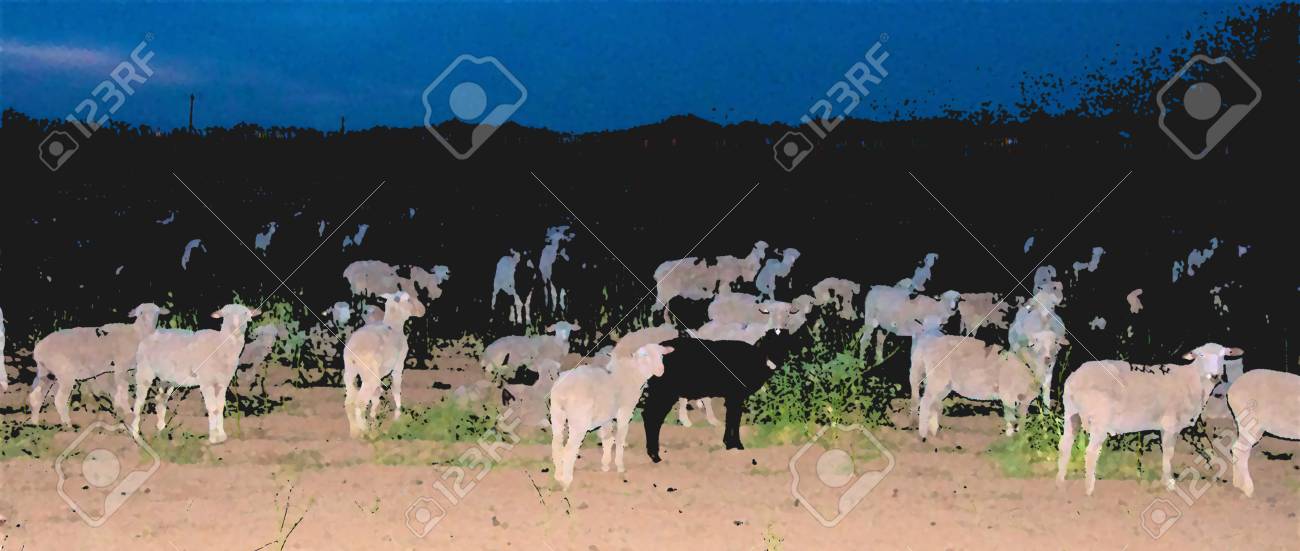
If you would like the sepia version of this photo, for your own collection, you can click on the link provided. Or, if you would like the colorful version for your collection, you can visit here. And, a darker (emotionally)
version here
For this definition of abstract, it is the converse. Rather than looking at a photo and asking ourselves whether we can define it or describe it, we ask if it is in the most natural form. In this case, are these sheep looking as they would look in a normal field of sheep or a pen of sheep? No, they are quite abnormal, or as some would say, abstract.
That said, there are definitely varying degrees to which one could take this and most of those degrees are much further than the sheep photographs. But, I love these photos (and not just because I included an affiliate link and my husband Michael took them 🙂 ) and so I just had to include them.
Truth be told, the photographer (a.k.a.. Michael) does not agree with my definition of abstract when it comes to the sheep photos. But, in all fairness, I think we need to include different definitions.
After all, art is about the beholder and art does not know boundaries and now photography has entered into that realm, along with the more traditional art. Am I right?
Learn how to get those views to your YouTube channel - only $20 and presented by expert Ileane Smith (affiliate link, but the course is that good that I recommend it!).
Why Abstract Photography
If you think about it, especially in a historical context, photography was meant to replicate the facts of what was seen (no pun intended).
So, if a news reporter was trying to report on a crime scene (and the police allowed it), the photographer would want to capture the scene in the most accurate means possible. At that point, you don’t want post-production efforts (even though the most rudimentary methods did exist “back then”) and you wanted the photo to represent exactly what it was supposed to represent.
We have come along way since then, especially with digital photography. Add software like Photoshop into the mix, and the sky seems to float a little higher yet, allowing even more opportunities for art.
So, it makes sense that abstract photography was born, whether that was ever the intention or not.
Now we are allowed to bring emotion and expression into our photographic work and post-production work.
How Does Abstract Photography Compare to Abstract Art?
Well, we have already highlighted a couple of things, like no longer needed to represent things exactly as they are and the expression and emotion of the photograph.
But if you think about it, photography has had a chance to go through a bit of a metamorphic progression, in the same way that art did. Granted, it was probably faster, in comparison, and has a lot to do with the digital photography movement, but still, there is a progression.
Let’s take art, as an example, looking at a sort of historical timeline:
- Starting in the 19th century, moving toward the 20th and beyond, we had impressionists;
- cubists;
- expressionists;
- minamilists
- and much more…
I’m not an expert on the timing or anything related to the art, but I know that there was a progression as we appreciated the different types of art. I am a connoisseur of art when it comes to the admiration in museums and the occasional acquisition myself.
In Summary
Through this beautiful thing called abstract photography, we have the opportunity to experience so much more, no matter how we define it. And, who wants to sit and figure out a definition when one is already enthralled with what they see and enjoying it?
For me, the photograph of the sheep enthralled me and I would stand speechless before it. For me, that represented the emotion and expressed the feelings that I desired to have. That was enough, no matter how one wants to define it.

